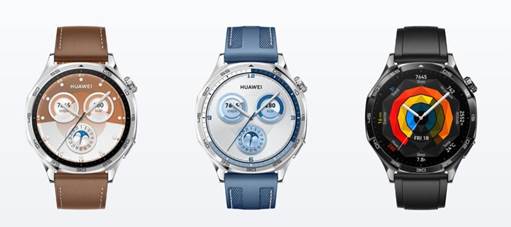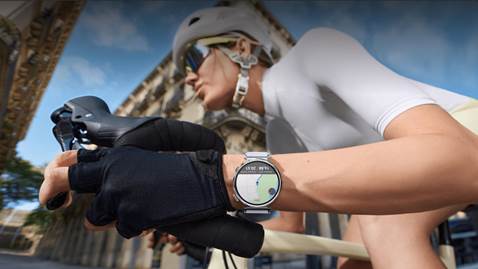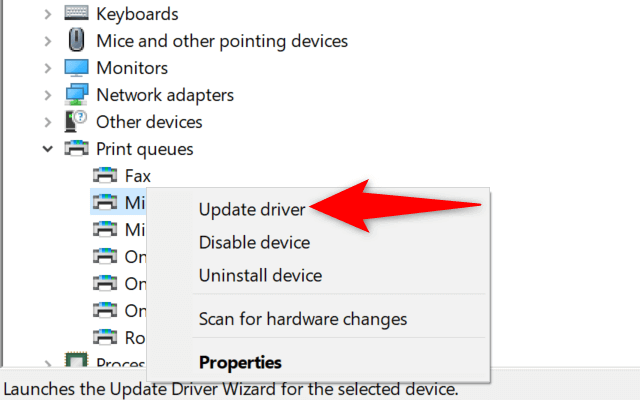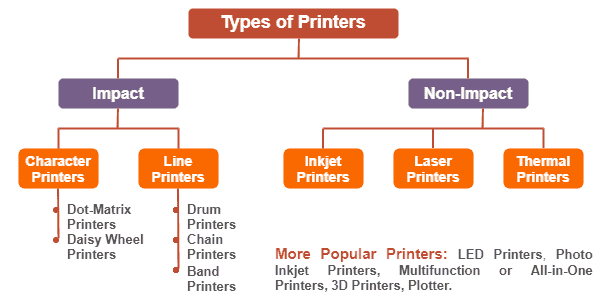How Bright Should A Smartwatch Display Be Outdoors?
Brightness is one of the most overlooked yet essential factors when choosing a smartwatch. Indoors, even modest displays feel adequate, but once you step outside under direct sunlight, the experience changes. A dim screen forces you to squint or tilt your wrist repeatedly, disrupting workouts and daily use. Outdoor readability depends on peak brightness, display technology, and how efficiently light is managed. The clearer the screen, the more useful the watch becomes for running, cycling, or even checking notifications while walking. This article explores how much brightness is enough, why it matters, and how smartwatches like the Huawei watch gt6 push outdoor usability forward.

Why Outdoor
Brightness Matters
Sunlight
Visibility And Performance
Strong
sunlight quickly reveals whether a smartwatch is designed for real-world
activity. Athletes and casual users alike need displays that remain readable
without effort. When brightness levels fall short, critical data like pace,
heart rate, or directions becomes harder to see. This problem does not just
affect convenience; it reduces safety for cyclists or runners who depend on
quick glances rather than long stares. A display capable of producing high peak
brightness ensures that fitness information is available instantly, even at
noon on a summer day.
Impact On User
Comfort
Brightness
not only influences legibility—it directly affects user comfort. Straining your
eyes to read faint text can lead to fatigue over time. Outdoor readability
should feel seamless, allowing wearers to stay focused on movement instead of
adjusting their wrists or shielding the screen. With a brighter display, the
watch feels like a natural extension of the body rather than a tool that
demands extra effort. Users consistently report higher satisfaction when their
smartwatch adapts smoothly to changing environments.
Technology
Behind Brightness
AMOLED
and LCD screens handle light differently, and the choice affects outdoor
performance. AMOLED panels are popular because they produce deep contrast and
vibrant colors. When paired with high brightness output, they excel outdoors by
maintaining clarity and color accuracy. Advanced coatings on the glass, such as
anti-reflective layers, also minimize glare. Devices like the Huawei Watch GT6
take this further by combining a refined display with engineering that
increases surface visibility. The result is a screen that remains sharp under
various lighting conditions.
Setting The
Right Brightness Standard
Everyday Needs
Vs. Sports Use
Not
everyone requires maximum brightness all the time. For office workers or those
who mostly wear a watch indoors, moderate levels suffice. However, people who
jog at sunrise, hike trails, or cycle long distances depend on high brightness
outdoors. The difference lies in how much data must be accessible on the move.
Sports modes often include heart rate zones, pace, or maps, which must be read
quickly. For this reason, many fitness-focused smartwatches now prioritize
outdoor display performance as a core feature.
Battery Life
Considerations
High
brightness usually consumes more power, and this balance is crucial for daily
use. A watch that shines outdoors but drains within hours is not practical.
Modern smartwatch makers tackle this by refining display efficiency and
improving battery design. The Huawei Watches, for instance, introduce a new
battery architecture that supports lasting performance even with stronger
brightness output. This approach allows users to enjoy outdoor clarity without
worrying about charging interruptions. Striking the right balance ensures the
device remains functional throughout long days and demanding workouts.
Design
Elements That Help
Beyond
brightness numbers, design choices influence outdoor visibility. Thinner bezels
give more space for readable content, while clear typography improves
legibility at a glance. Glass treatments reduce reflections, and circular dials
with clean layouts prevent clutter. The Huawei Watches use a streamlined bezel
design that makes the screen look more open and helps focus attention on the
display. These subtle details matter as much as raw brightness, shaping how
usable the watch feels outdoors across different conditions.

Examples Of
Brightness In Practice
Fitness
Tracking Outdoors
Consider
a runner training on city streets. The watch must show pace, distance, and
heart rate clearly without stopping mid-stride. A dim display risks missed
feedback, leading to less effective workouts. When the display is bright
enough, performance tracking becomes effortless. Outdoor visibility transforms
a smartwatch from a casual accessory into a reliable training tool. Athletes
are more likely to trust and follow guidance when the screen supports them at
every step.
Navigation And
Mapping
Outdoor
visibility becomes even more important for navigation. Hikers, cyclists, and
golfers rely on maps displayed directly on the wrist. A bright screen ensures
routes remain visible, even in open fields or mountain paths with no shade. The
Huawei Watch supports expanded offline maps, which become especially useful
when paired with a bright, sunlight-readable display. Users can stay on course
without reaching for a phone, maintaining focus on the environment instead of
battling glare.
Everyday
Lifestyle Use
Brightness
also affects simple daily habits. Checking a message while walking outdoors,
glancing at the time on a commute, or reviewing a reminder should feel instant.
When the screen remains visible in strong light, the watch integrates smoothly
into routines. A smartwatch designed for outdoor readability removes the mental
barrier of “will I be able to see this?” and makes itself an always-ready
companion. Comfort in everyday usage is often the silent reason why some
watches feel indispensable.
Conclusion
Smartwatch
brightness outdoors is not just about aesthetics; it defines functionality,
safety, and comfort. Too dim, and the device risks becoming useless in the very
moments it is needed most. The right level ensures athletes can train
confidently, hikers can navigate securely, and users can glance comfortably
without effort. Achieving this balance requires both advanced display
technology and efficient power management. Devices like the Huawei Watch GT6
demonstrate how far smartwatch design has come, offering peak brightness strong
enough for outdoor clarity while maintaining daily practicality. For users
seeking a smartwatch that adapts seamlessly to real life, brightness is the
feature that makes everything visible.







